Relevé means “raised or rise” and consists of raising the heels from the ground. With ballet slippers, they rise until they only keep the toes on the ground (or demi-pointé). With pointe shoes, you can raise the relevé to the tips of the fingers.
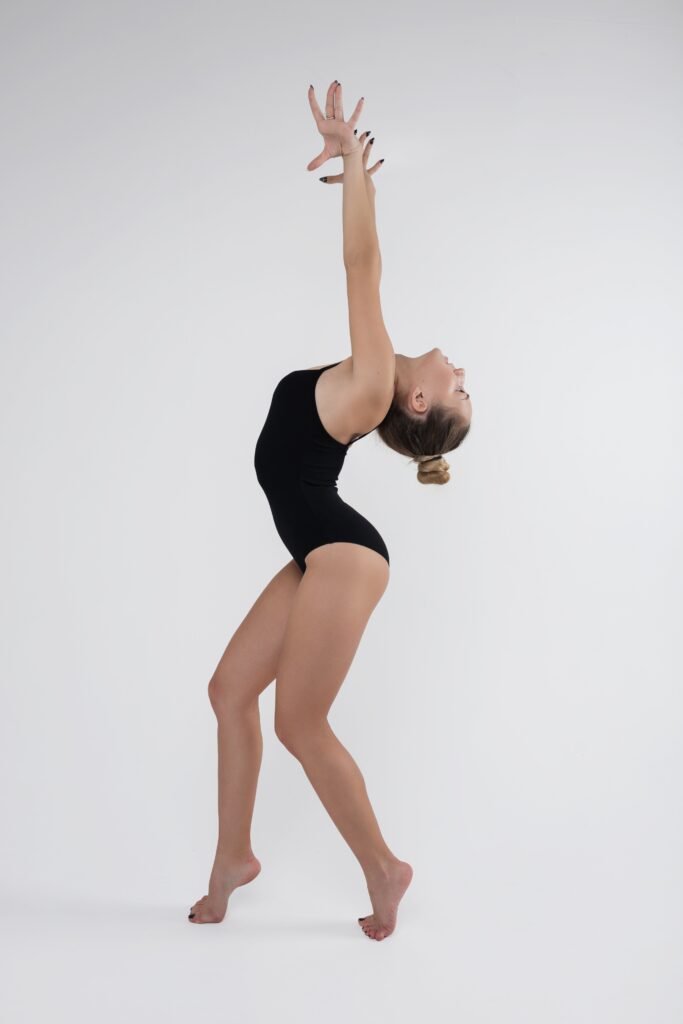
Table of Contents
How to do a Relevé
Relevé in dance is extremely important, so you should learn it correctly from the beginning of learning. First, keep in mind the body axis. In other words, you should support the abdominal centre. Besides, the centre of the lats should be slightly forward and stretch your body upwards from the base of your head. Then, press the floor in demi-plié and raise your heels from the ground, ensuring ankle stability. In this way, in addition to rising correctly, you will avoid injuries.
It is often said that you imagine that you are gently stretched from your head towards the ceiling, thus gently raising your heels and then gently lowering them back down. A well-done relevé will produce a floating effect.
The movement will strengthen your legs, ankles and feet, as well as develop the arch of the foot, so characteristic of dancers. It is one of the first movements taught. And will later be one of the fundamental bases for a very important part of ballet movements and steps.
In initiation, you begin by performing a relevé facing the bar (that is, with both hands on the bar) and the first position. Then, it becomes a basic movement in the usual bar work and the centre. Also, you may perform it in all foot positions.
What is the difference between Relevé and Elevé?
Before explaining what the relevé is, we will talk about the elevé (also known as “relevé by traction”). The elevé consists of a rise to the point or demi-pointe, assuming that you stretch fully your legs before executing it.
The relevé is similar, except it adds a step before the lift that differentiates it from the elevé: the plié. This serves as an impulse to raise to both the pointe and demi-pointe. On the other hand, the relevé is a good warm-up for the Achilles tendon. And this is something essential to later achieve an optimal rise.
Elevé and relevé are steps considered to be the pillars of dance. Then, they are also one of the first movements you perform at the beginning of the class. You can practise them from the five ballet positions.
Benefits of Relevé in Ballet
Relevé will help you to…
- Strengthen your legs, feet and ankles.
- Develop the arches of your foot.
- Improve weight distribution and weight transfer.
Keep in mind that you may use relevé in many more complex ballet movements. For example, while turning in a pirouette one leg will be in relevé. Another example, the pas de bourrée, a step that performs a combination of plié, tendus and relevés.
And it is not only essential for classical ballet but also for other disciplines such as Spanish and contemporary dance.
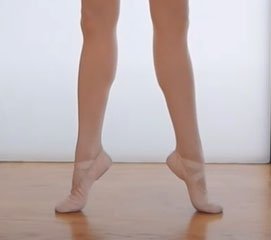

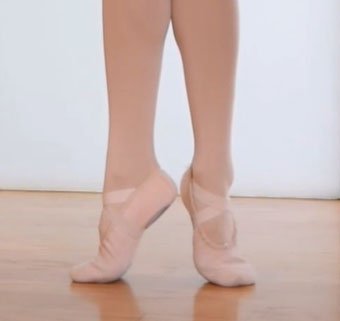
Tips for performing Relevés and Elevés
Remember that your legs and feet must maintain their initial rotation position. Also, your body must remain stable during the ascent and descent. If you do relevé with both legs, take into account that they must ascend and descend simultaneously.
Before you start:
- Make sure you have all five toes and your metatarsals well supported.
- Centre your weight distribution from the heels to the metatarsals and toes. But your relevé is not on all your toes. The majority of the weight is on the extension of the top of your ridge, your big toe and the second toe.
- Press the floor before rising to the relevé.
When raising:
- The trunk and pelvis move as one unit and move slightly forward to settle on the toes.
- You should rise on the body axis when doing relevé. And raise more when lowering the heel.
The most common mistakes doing relevé:
- It may happen that once the execution of the demi-plié before the relevé is finished, the knees have not finished stretching, and the heels are already rising to leave for the relevé.
- You bend your knees before your heels have reached the floor on the descent of the relevé.
- When in relevé, the foot leans toward the big or little toe.
Relevé in the different Ballet Schools
Relevé in ballet is a raising of the body on the pointes or demi pointes. There are two ways of this position. At first, in the French School, you do relevé with a smooth, continuous rise. Secondly, both Cecchetti Method and the Russian School use a little spring. You may do relevé in the first, second, fourth or fifth position, passé, en arabesque, and so on.
- Relevé Cecchetti Method: You may do it with a slight spring from a demi plié onto the three-quarter points or full points. During the spring, bring your toes directly under the central line of balance or roughly to the same spot over which the insteps rested during the preparatory demi plié.
- Relevé French School: You may do it with a smooth rise from a position a terre to the full points. The toes do not move from the spot at which the relevé began. Then, lower the heels by slowly descending through the demi pointes.
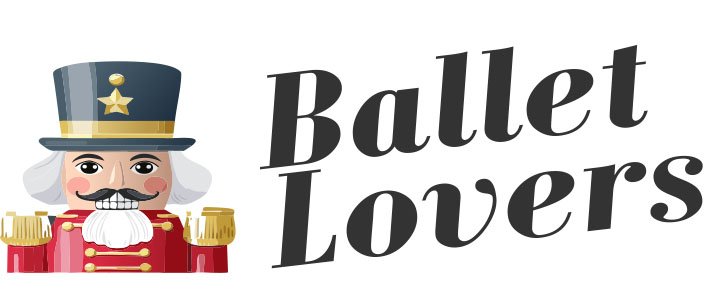


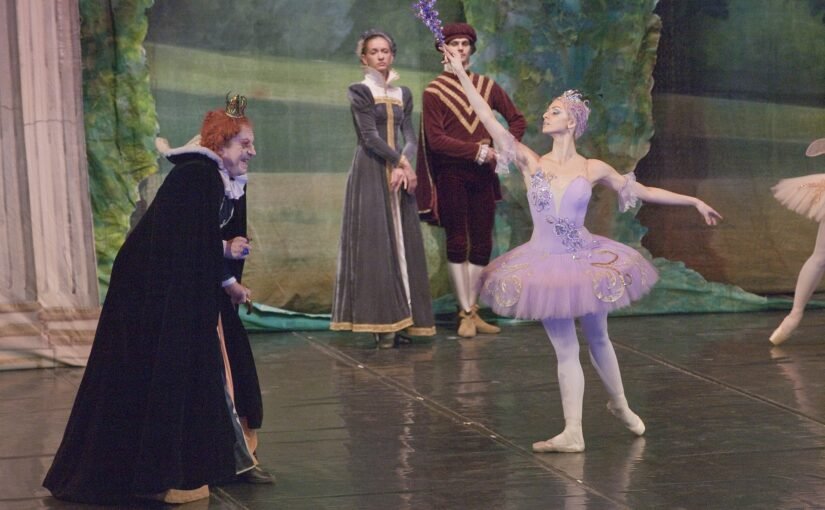

Leave a Reply